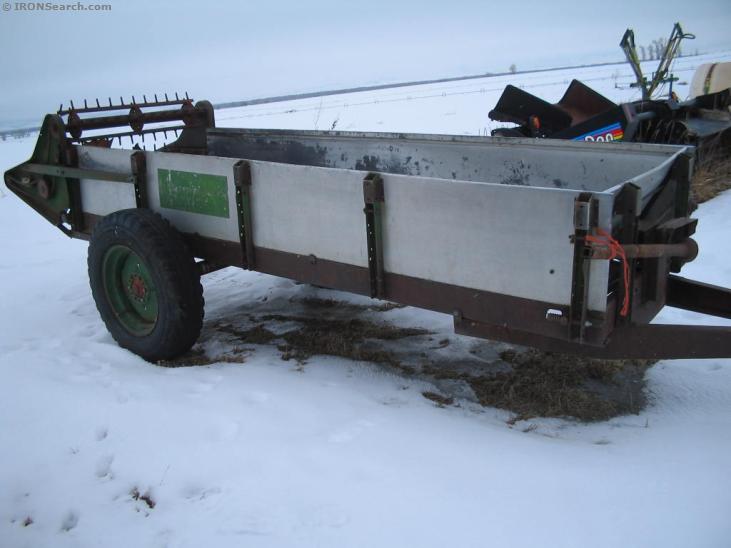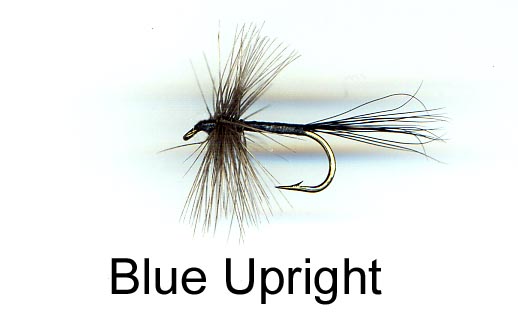Welcome to River Magic
Stillwater Slim on the Line ... April 27, 2010
|
 Generally Speaking…
George Bernard Shaw said “Crude classifications and false generalizations are the curse of organized life.”
When we need to solve real problems in a real world we would be well-advised not to generalize, nor to seek advice from experts who spout vague generalities. As tempting as it may be to over-simplify an issue in order to come up with an easy answer, there is an almost 100% certainty that the resulting solution won’t fit the real problem.
Last week we saw our Nova Scotia government announce what appears to be a practical, economical and well-designed plan for reducing the real threat of coyote attacks in our province. The announcement was met with a predictable whining and howling reaction of politicians, biologists, and journalists who generalized with comments like “bounties don’t work” and so on. Thankfully the government got it right by trying to minimize the likelihood of coyote attacks rather than trying to reduce the overall coyote population.
Biologists are quick to preach broad generalizations in another situation that deserves far better, the wild Atlantic salmon fishery of Nova Scotia’s Atlantic coastal streams. They insist, for example, that hatchery stocking doesn’t work, despite examples like the Margaree hatchery program that prove it can work very well, adding over 2 million dollars annually to the economy of Inverness County. To argue about whether stocking does or doesn’t work is silly, because its success or failure depends upon how it’s applied to a particular, well-understood situation.
My first career as a systems analyst taught me that the hardest part of problem solving is learning what the problem is, and that we can’t design a successful solution to a problem that we don’t understand. Often the only way to ensure the adequacy of my understanding was to experience the problem for myself. So, why must we listen to so-called experts who function much like manure spreaders – load ‘em up and they fling it in all directions, with no understanding and no concern for accuracy or who gets hit.
But the most ineffectual way to solve a problem is to offer no solution at all, which is DFO’s approach to Nova Scotia’s Atlantic coast salmon fishery. Despite being responsible for managing populations of wild Atlantic salmon and the aboriginal and sport fisheries, DFO, sadly, still has no recovery plan.
But let’s think of something pleasant, like fishing. The mayfly is on, and our fly of the week is the Blue Upright, the fly that best imitates our early mayfly hatch. The fly can be tied with or without wings, more of a concern to the angler than to a hungry trout.
Blue Upright
Thread: UTC G.S.P. 50 Denier black thread Hook: Mustad 94840, size 12 Tail: Blue dun hackle fibres Body: Black Thread Wing (optional): Blue dun quill, hen hackle tip, or burned hen hackle Hackle: Blue dun cock neck or saddle hackle Head: Black thread finished with head cement
Please stay on the line …  |